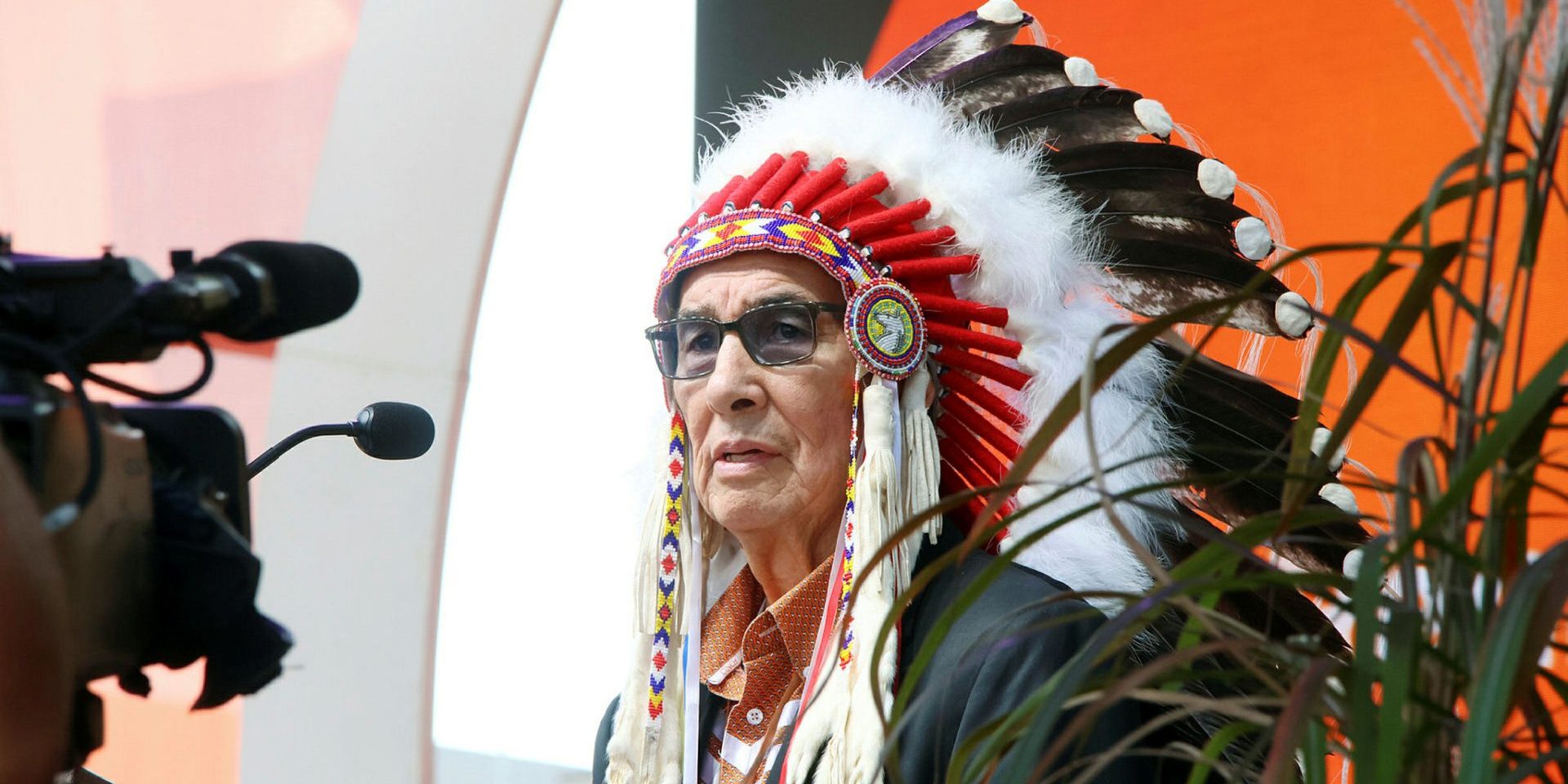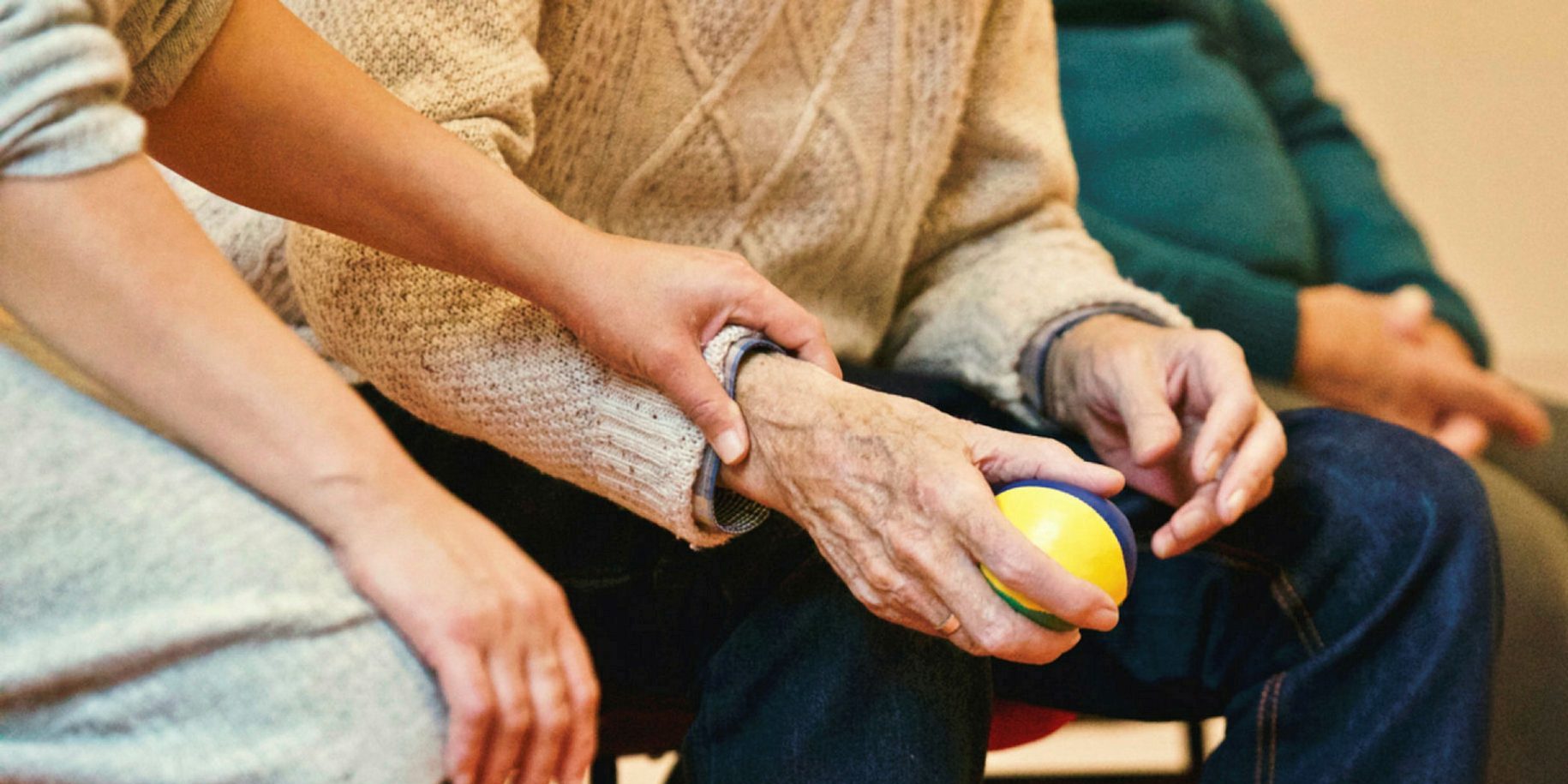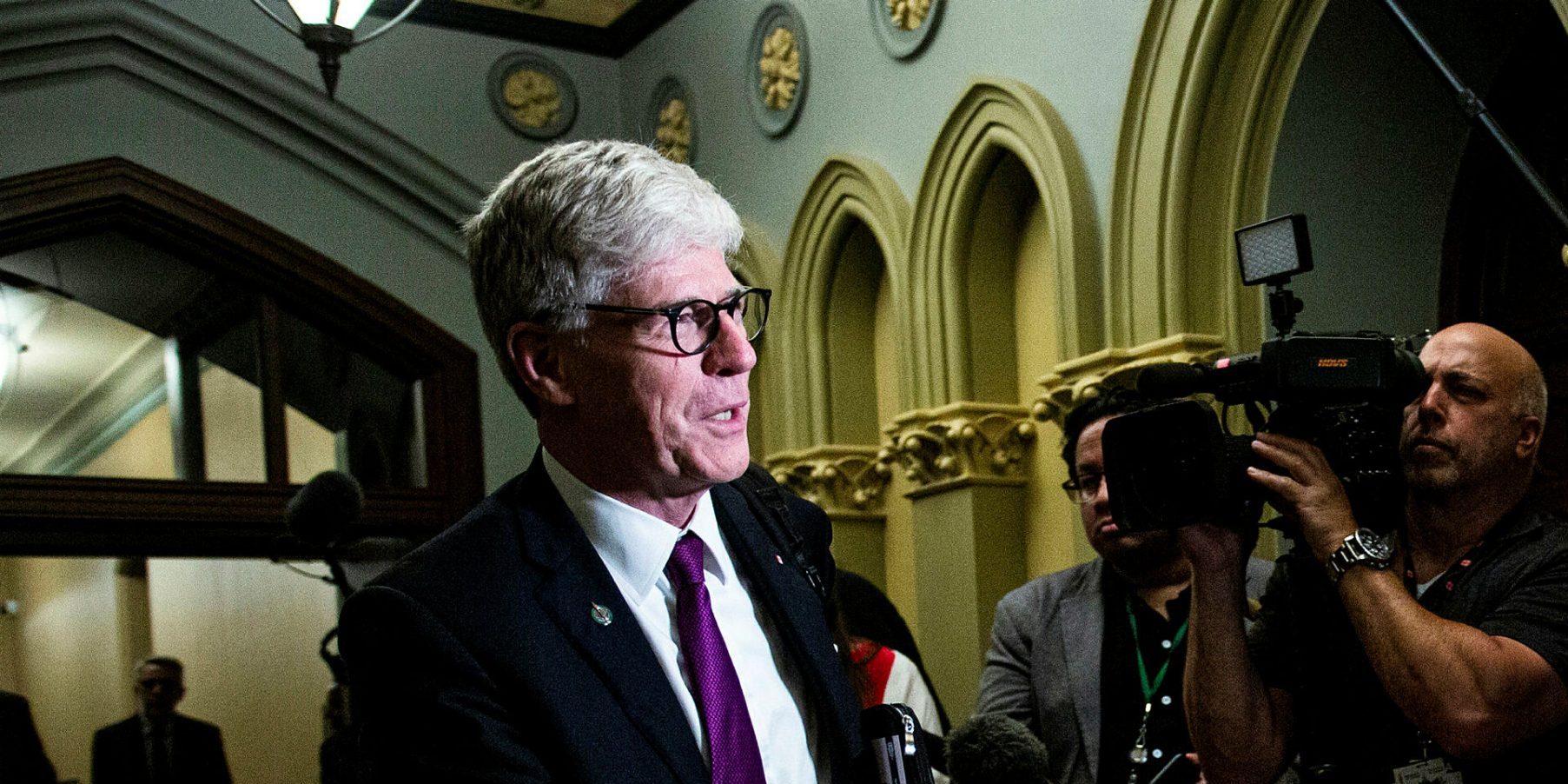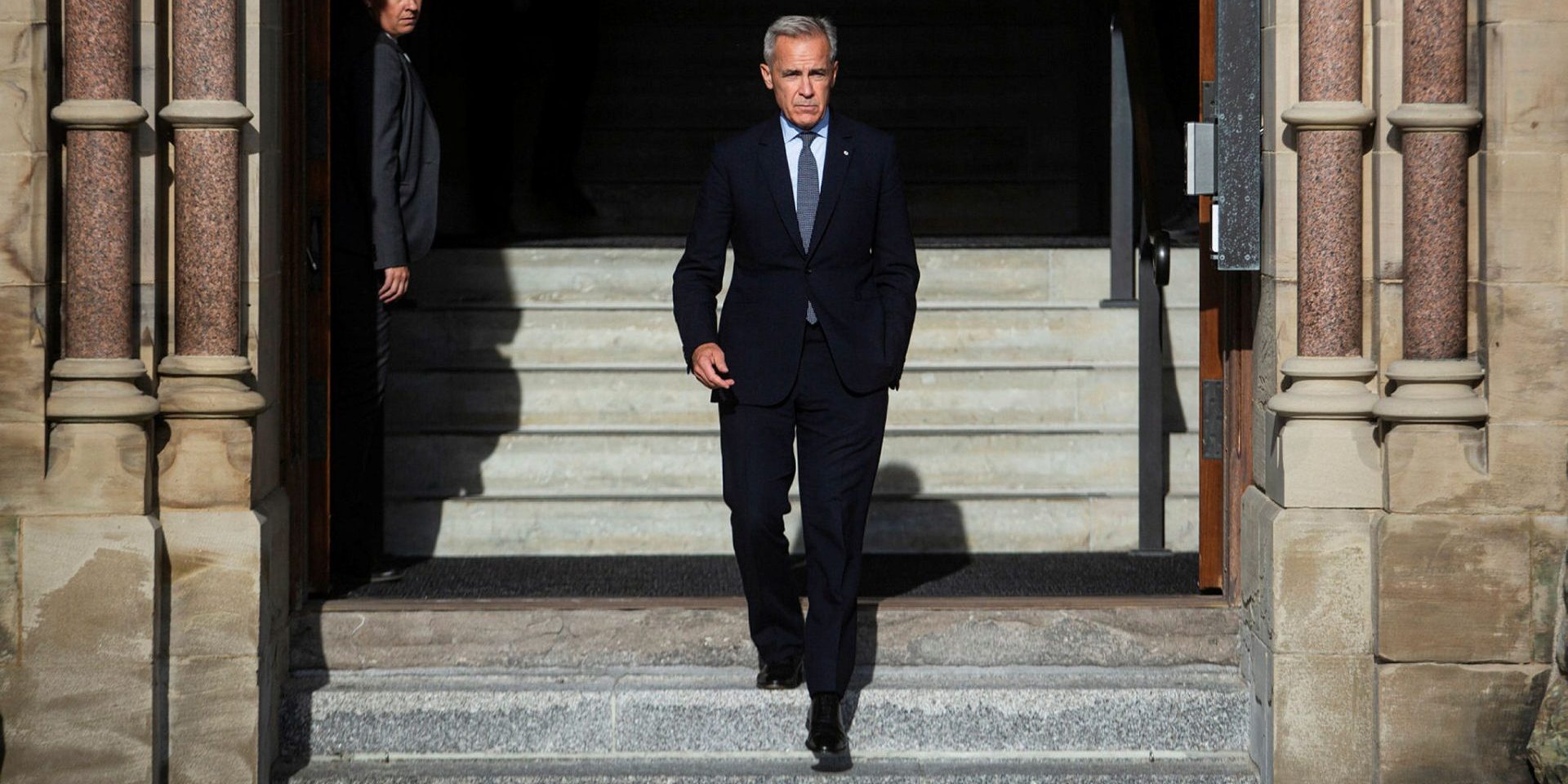True reconciliation requires remembering and learning from our country’s history

As we mark the 10th anniversary of the TRC’s final report and the 94 Calls to Action, and the fifth year of the National Day for Truth and Reconciliation on Sept. 30, this year is an important moment for reflection and resolve. It is a time for us, as Canadians, to acknowledge the progress that has already been made while charting the next steps on our shared path toward reconciliation.
In my own province of Manitoba, the Truth and Reconciliation Commission’s Calls to Action resonate deeply. Across the province, organizations are responding in meaningful ways, through education, commemoration, and action, always with an eye on both the past and the future. As Prime Minister Mark Carney reminded us on National Indigenous Peoples’ Day in June, the TRC’s Calls to Action remain essential to advancing reconciliation, and to reaffirming the partnerships between Canada and the Indigenous Peoples with whom we share this land.
In August, I attended the unveiling of the Historic Sites and Monuments Board of Canada’s commemorative plaques at the National Indian Residential School Museum in Portage La Prairie, Man., led by Long Plain First Nation. Touring the building and its exhibits, we were confronted with the stark realities of how children lived, ate, and attended classes while separated from their families and forbidden to speak their own languages. The museum draws visitors from around the world, offering Canadians and international guests the opportunity to learn from this painful history and to imagine—however incompletely—the hardships these children endured. Parks Canada, which oversees the site, works closely with Indigenous partners, communities, and individuals to guide how former residential school sites are commemorated. This collaboration reflects the Government of Canada’s commitment to advancing Call to Action No. 79, and ensuring that the stories of survivors and their families are honoured with truth and dignity.
One of the foremost national locations for this ongoing work of reconciliation is also in Manitoba, at the National Centre for Truth and Reconciliation (NCTR), which safeguards the archives of survivors, preserving the records on behalf of them and their families. This is the other side of the Commission’s legacy: as Canadians, we have a responsibility to remember the truth of what was done to Indigenous Peoples, especially the children who suffered at the hands of those who were meant to protect and care for them.
Each year, Truth and Reconciliation Week provides an opportunity to educate Canadians of all ages both in classrooms and in communities, about the history and lasting impacts of residential schools on survivors and their families. As the NCTR notes, no fewer than five different Calls to Action—Calls 65, 71, 72, 77, and 78—speak directly to the centre, and its vital role in record-keeping and education.
True reconciliation requires more than acknowledging; it demands that we remember our country’s history, learn from it, and act differently going forward. While the Government of Canada has taken important steps since the devastating policies that once removed Indigenous children from their families and communities, much work remains. At the National Indian Residential School Museum, I saw this commitment in action: the plaques unveiled there tell this painful history in five languages, English, French, Anishinaabemowin, Cree, and Dakota. By integrating Indigenous languages into the narrative of our shared past, we help build a new heritage, one where reconciliation is not a symbolic gesture but a daily act.
Liberal MP Ginette Lavack, who represents Saint-Boniface-Saint-Vital, Man., is the parliamentary secretary for Indigenous Services Canada, and lives on Treaty 1 Territory.
The Hill Times





 LICENSING
LICENSING PODCAST
PODCAST ALERTS
ALERTS


